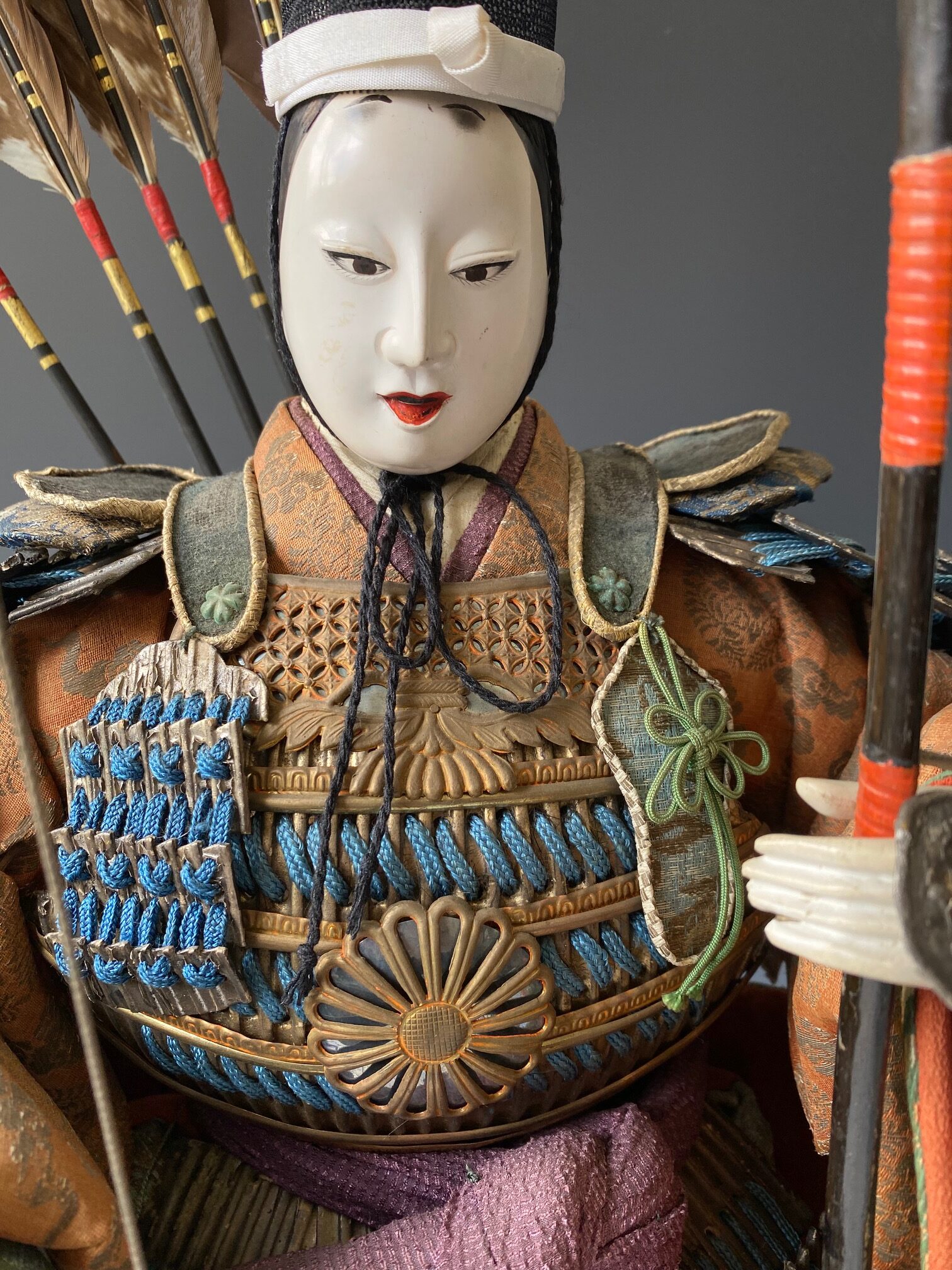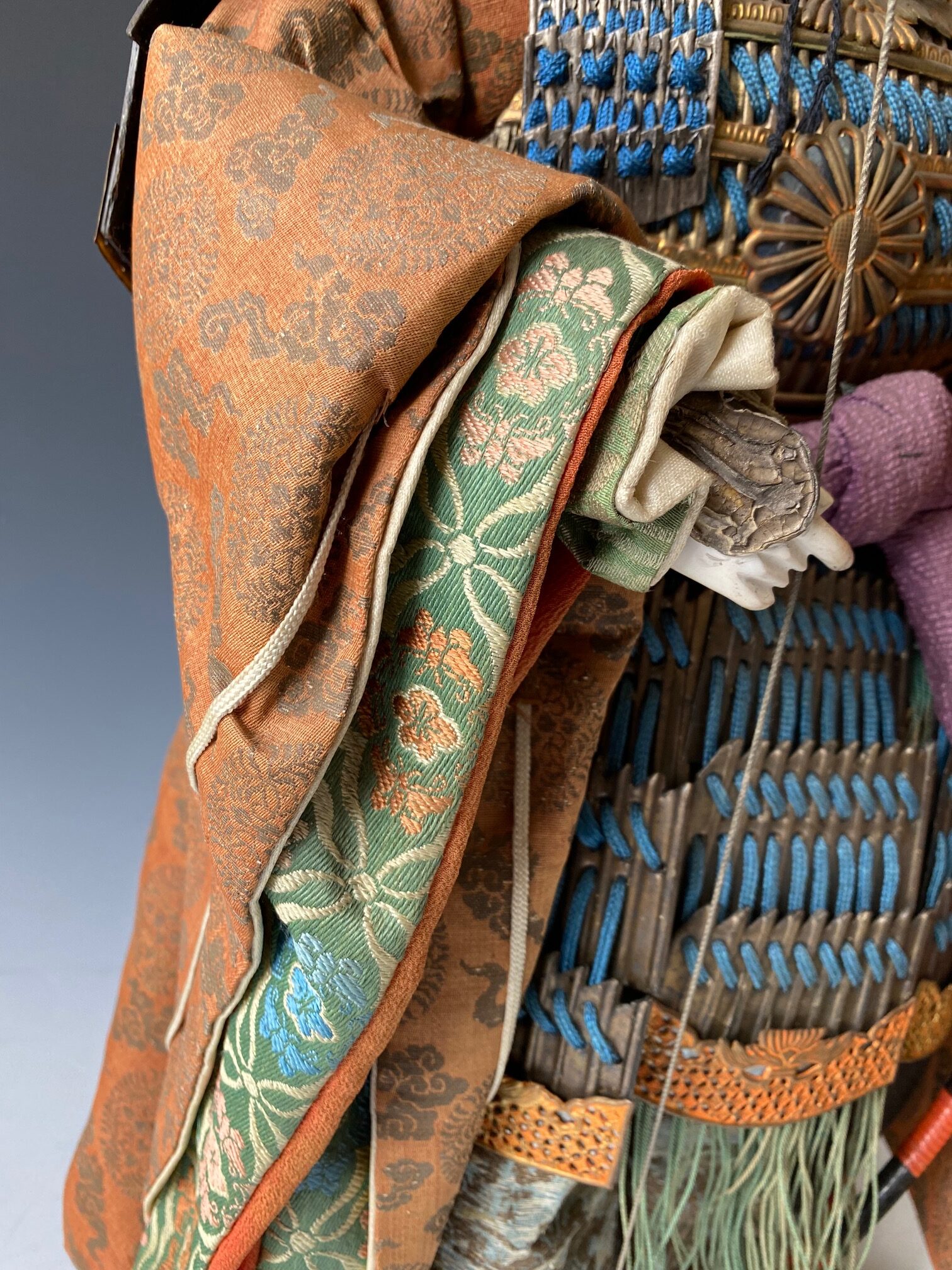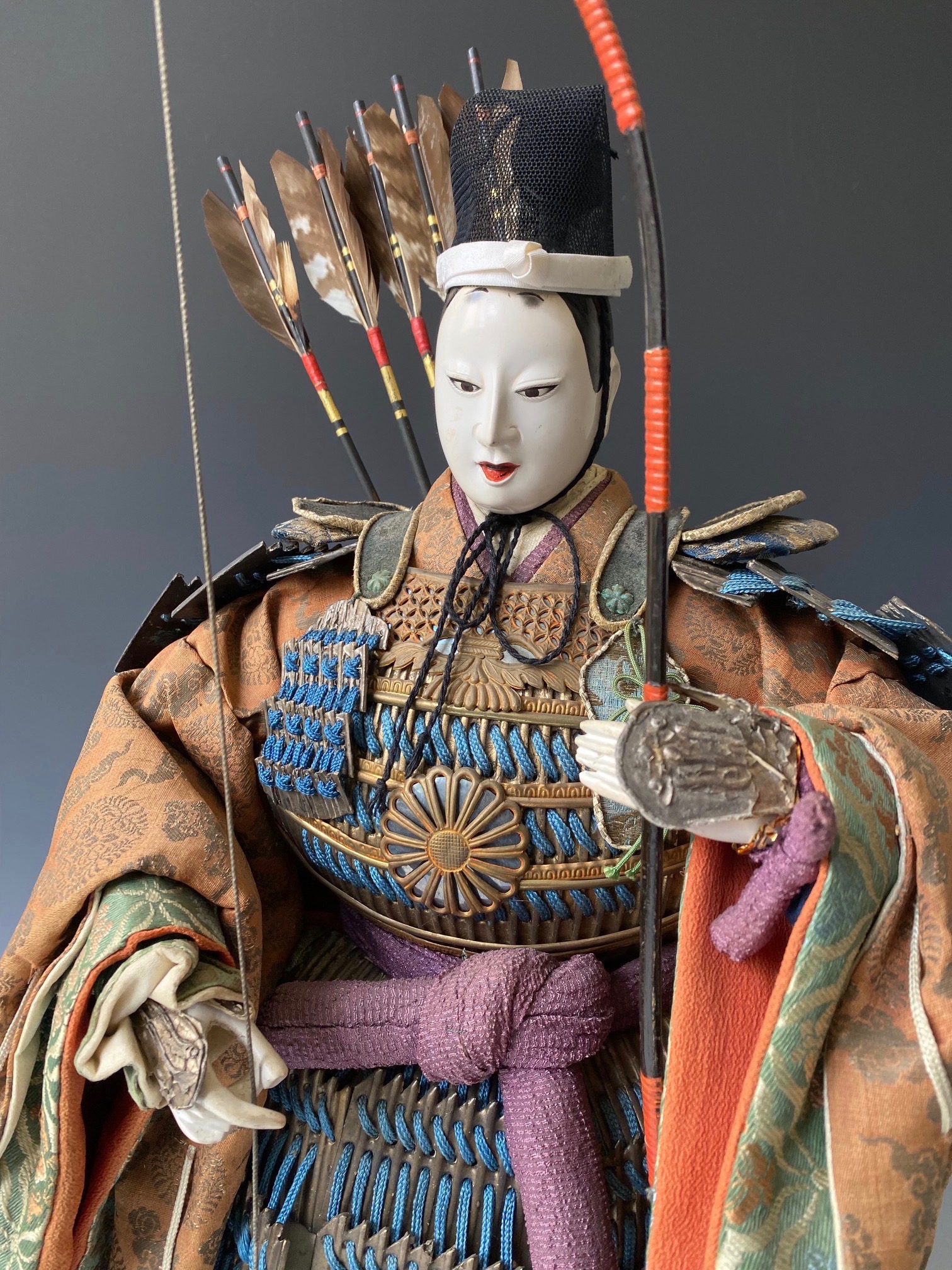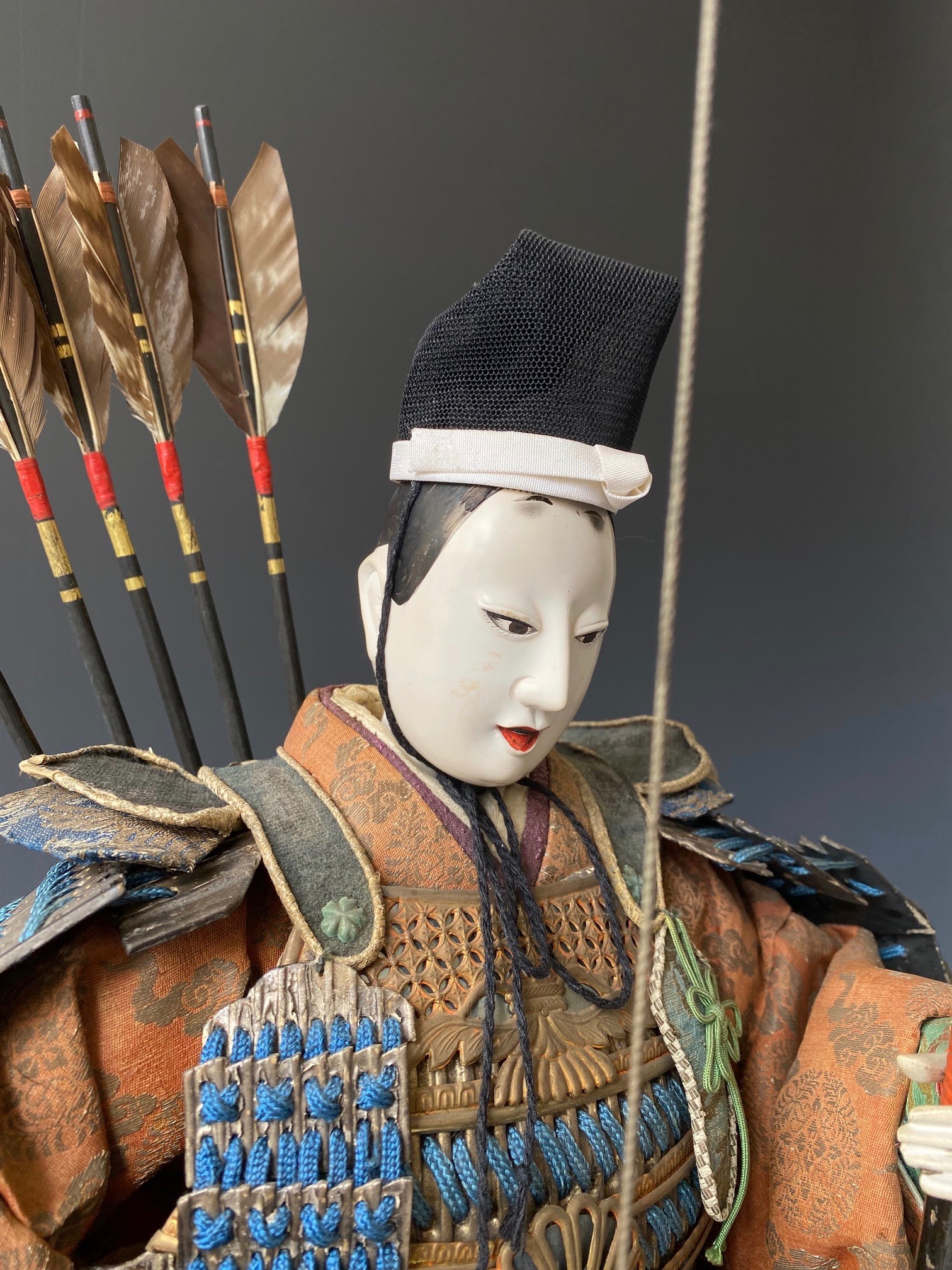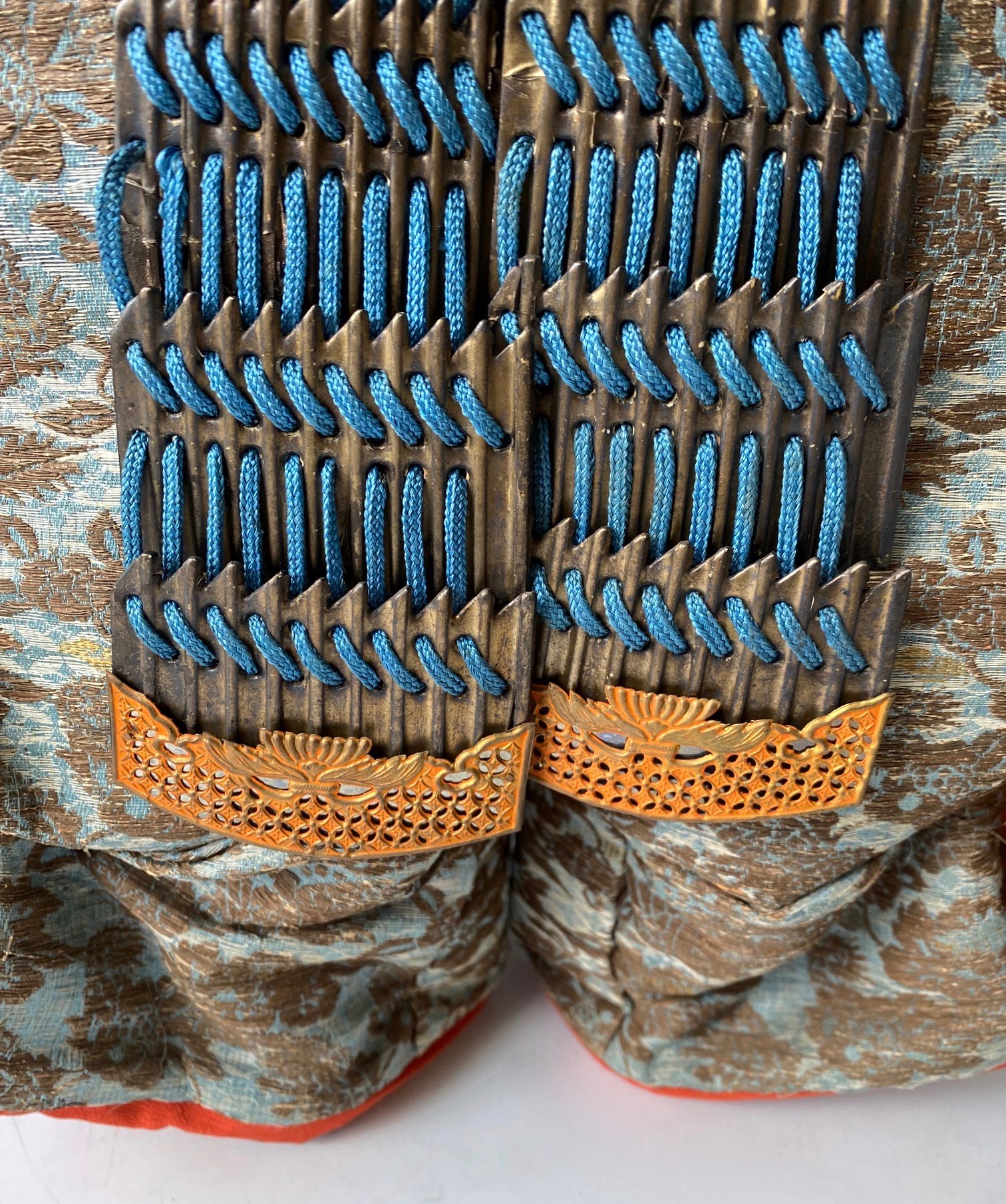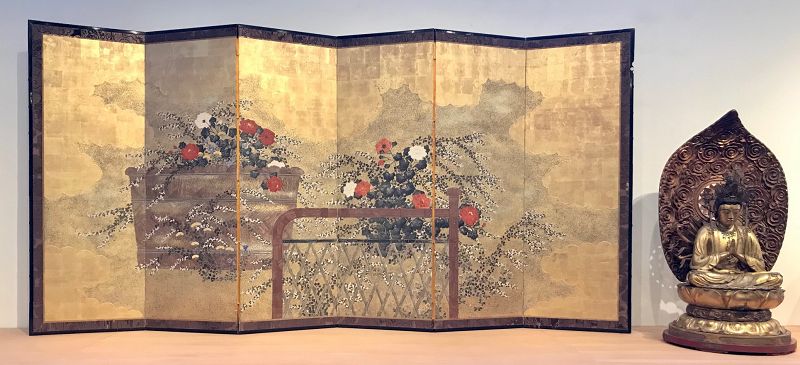- Catalog
Shop by Category
- Sale
- Furniture
- Accessories
- Arms and Armament
- Architectural / Wood Carvings
- Baskets
- Contemporary & Modern Works
- Cloisonne & Enamel
- Exceptional Objects
- Metalwork
- Lacquer
- Jizai (hanging hooks)
- Netsuke and Okimono
- Tribal
- Carpet and Rugs
- Dolls
- Masks
- Musical Instruments
- Peking Glass
- Porcelain / Ceramics / Pottery
- Woodblock Prints & Related
- Religious
- Scholar Objects
- Screens / Scrolls / Paintings
- Select Sold Items
- Snuff Bottles
- Specialist Artisan
- Stone Carvings
- Jade
- Terracotta
- Textiles
- Uncategorized
Shop by Private Collection
- Japanese
Categories
- Sale
- Furniture
- Accessories
- Arms and Armament
- Architectural / Wood Carvings
- Baskets
- Contemporary & Modern Works
- Cloisonne & Enamel
- Exceptional Objects
- Metalwork
- Lacquer
- Jizai (hanging hooks)
- Netsuke and Okimono
- Dolls
- Masks
- Musical Instruments
- Porcelain / Ceramics / Pottery
- Woodblock Prints & Related
- Religious
- Scholar Objects
- Screens / Scrolls / Paintings
- Select Sold Items
- Specialist Artisan
- Stone Carvings
- Terracotta
- Textiles
- Uncategorized
- Chinese
Categories
- Sale
- Furniture
- Accessories
- Architectural / Wood Carvings
- Baskets
- Contemporary & Modern Works
- Cloisonne & Enamel
- Exceptional Objects
- Metalwork
- Lacquer
- Carpet and Rugs
- Dolls
- Masks
- Peking Glass
- Porcelain / Ceramics / Pottery
- Woodblock Prints & Related
- Religious
- Scholar Objects
- Screens / Scrolls / Paintings
- Snuff Bottles
- Specialist Artisan
- Stone Carvings
- Jade
- Terracotta
- Textiles
- Korean
- Tibetan
Japanese Antique Cotton Yogi (Padded Sleeping Kimono)
1450374
Japanese
$450



